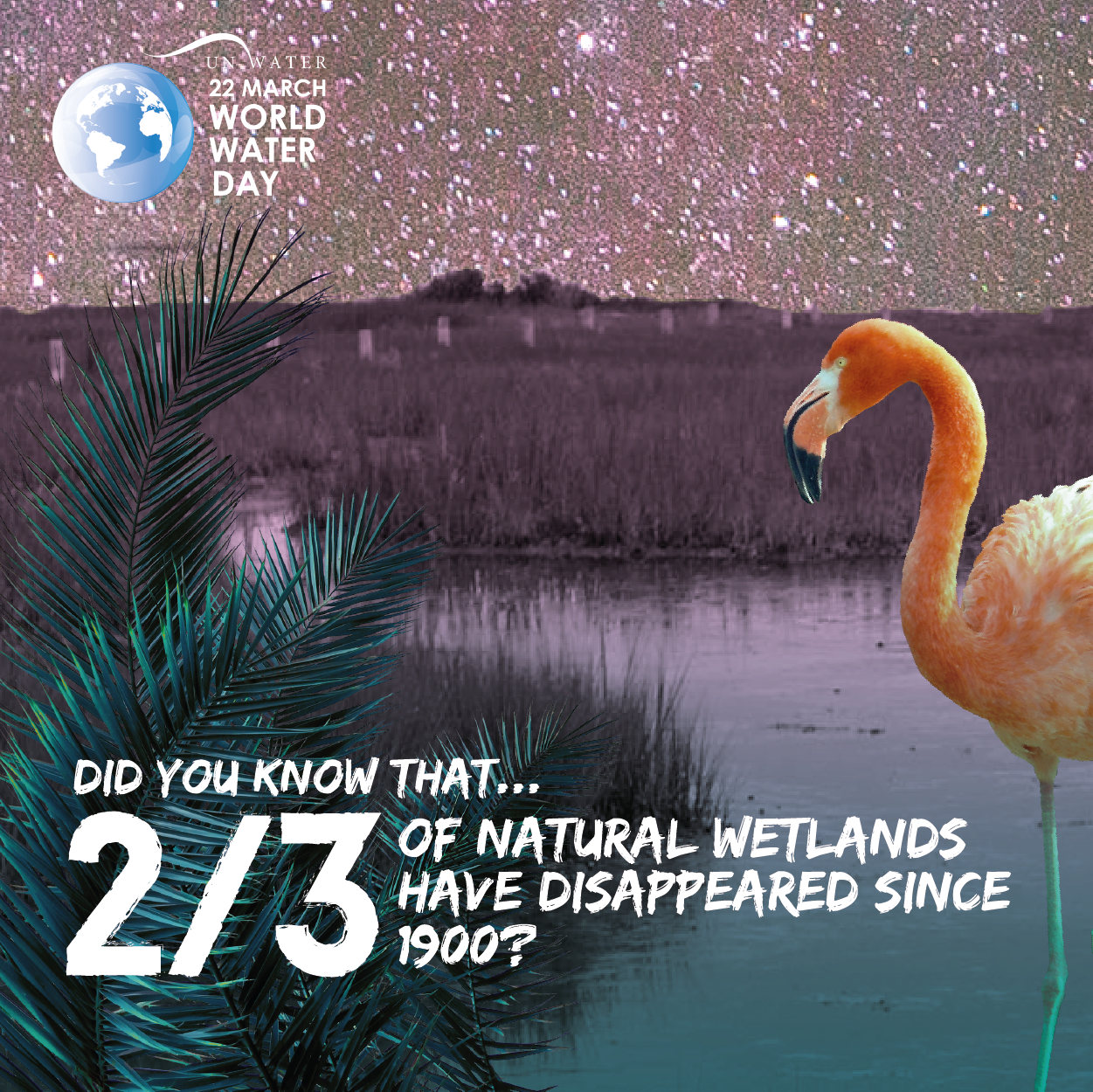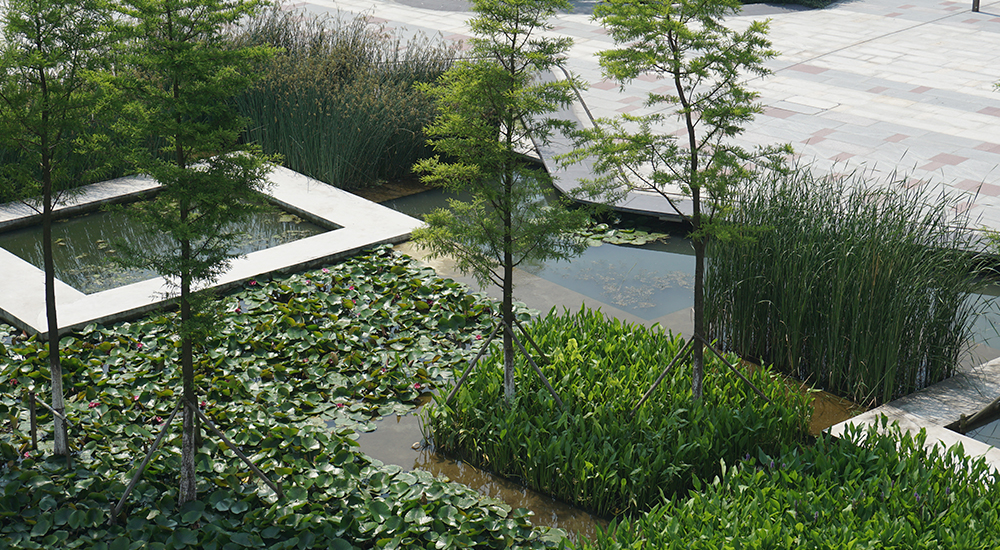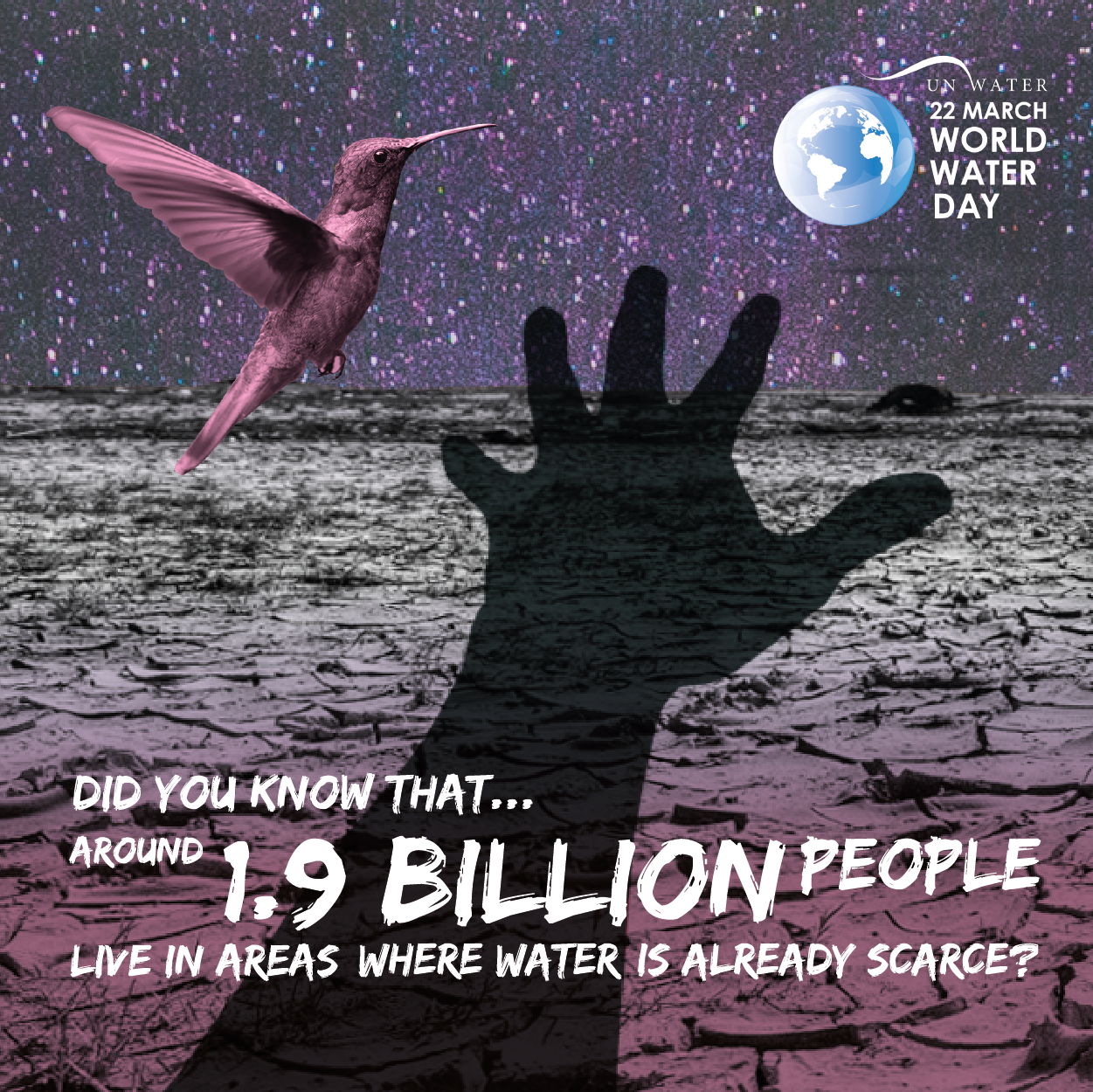World Water Day 2018 is encouraging us to find the answers in nature
World Water Day 2018 is asking us all to consider how we can use nature to ensure water availability and quality in the face of 21st century challenges, such as climate change and growing populations and urbanisation. For the CRC for Water Sensitive Cities, this question has been central to our activities since we began in 2012. Indeed, the role of nature is embedded in our definition of a water sensitive city:
- A water sensitive city serves as a potential water supply catchment, providing different water sources at different scales, and for different uses to provide water security.
- It also provides ecosystem services and a healthy natural environment, offering social, ecological, and economic benefits including public spaces that mitigate flood risk and damage, and foster healthy waterways, wetlands, river basins, coast and bays.

Nature-based solutions include activities such as planting trees to replenish forests, reconnecting rivers to floodplains, and restoring wetlands. In urban landscapes, most nature-based solutions involve managing vegetation, soils and/or wetlands (including rivers and lakes). These ‘green’ infrastructure activities can provide innovative and cost-effective options to supplement ‘grey’ (or man made) infrastructure. They can also produce benefits beyond water-related services. Constructed wetlands used for wastewater treatment, for example, can provide biomass for energy production, improve biodiversity and create recreational spaces and associated employment.
Given it’s almost World Water Day, here are some international projects the CRCWSC is currently involved in. These projects create opportunities for CRCWSC researchers and partners to bring back lessons from on-ground experience, and apply them in Australia. They also showcase the CRCWSC’s expertise on the world stage and provide a pathway for Australian researchers and consulting companies to apply their skills in these markets.
Kunshan, China
The City of Kunshan is using a combination of green and grey infrastructure to mitigate urban flooding, reduce stormwater pollution, improve local ecosystems, and retain urban runoff for eventual reuse. Examples of nature-based solutions include:
- integrating wetland cells into public spaces, to clean stormwater and maintain water quality in ornamental pools (instead of using potable water)
- incorporating rain gardens into road verges, to treat stormwater and reduce peak flow
- creating active biofilters beneath the elevated highway, to mitigate road stormwater pollution before entering local waterways
- developing the functional riparian zone, to intercept and treat the stormwater from point discharge to protect the waterway
- restoring old farming land to create an organic farm, complete with a self-contained stormwater harvesting and reuse system that minimises agricultural pollution.

Andrah Pradesh, India
We are working with our partners in Andrah Pradesh. This work is still in the design phase, but we are working on several projects, including:
- designing stormwater and water management for the Government precinct of the capital city
- introducing vegetated drainage systems into the existing drainage network in the city of Vijayawada. The Vijayawada community is concerned about the condition of the existing drains and waterways, and desires drainage systems that cleanse as well as convey stormwater. The city also has existing networks of vegetation along major road, so it may be possible to combine the two approaches into a system that provides drainage, water quality and other benefits such as urban cooling and amenity.
- designing solutions to maintain water quality in a proposed lake that will surround the new Assembly building in the Government complex in the new city of Amaravati. Nature-based solutions—as part of a wider blue-green drainage network in the complex—will provide an alternative to chemical dosing to maintain water quality and avoid unsightly algae blooms during the Indian summer.
